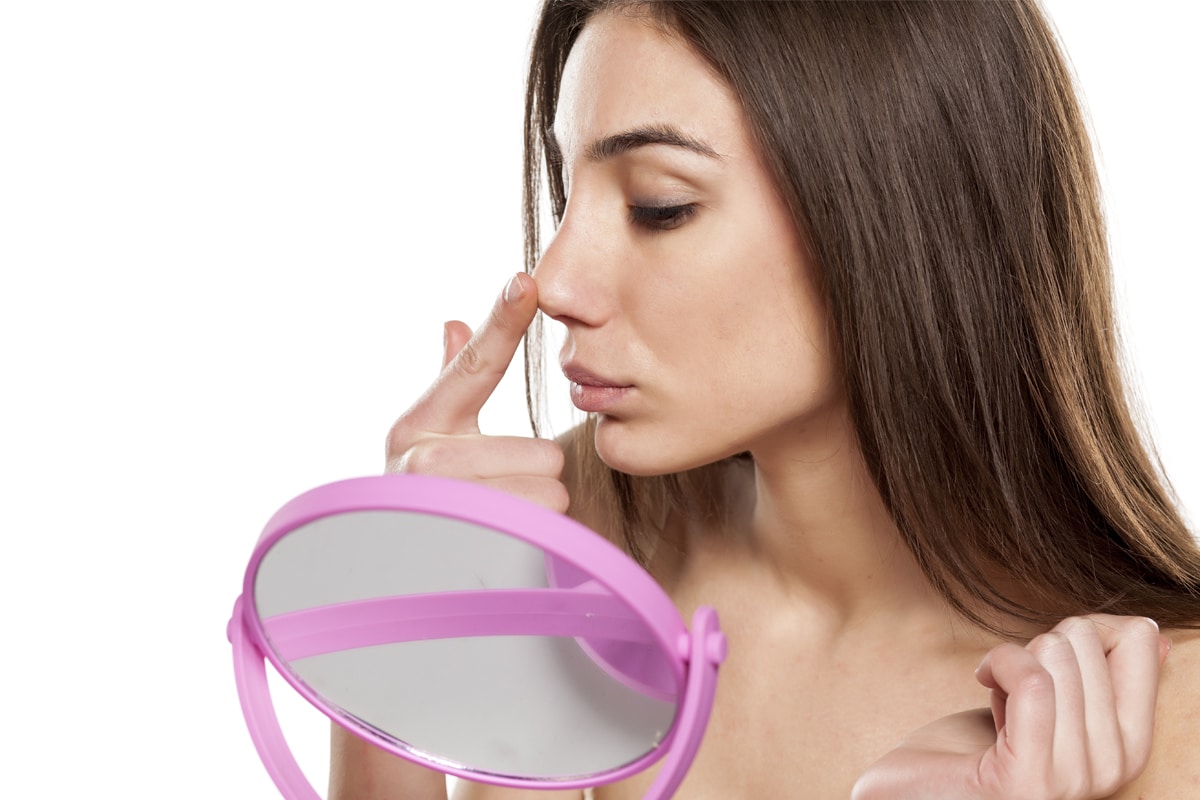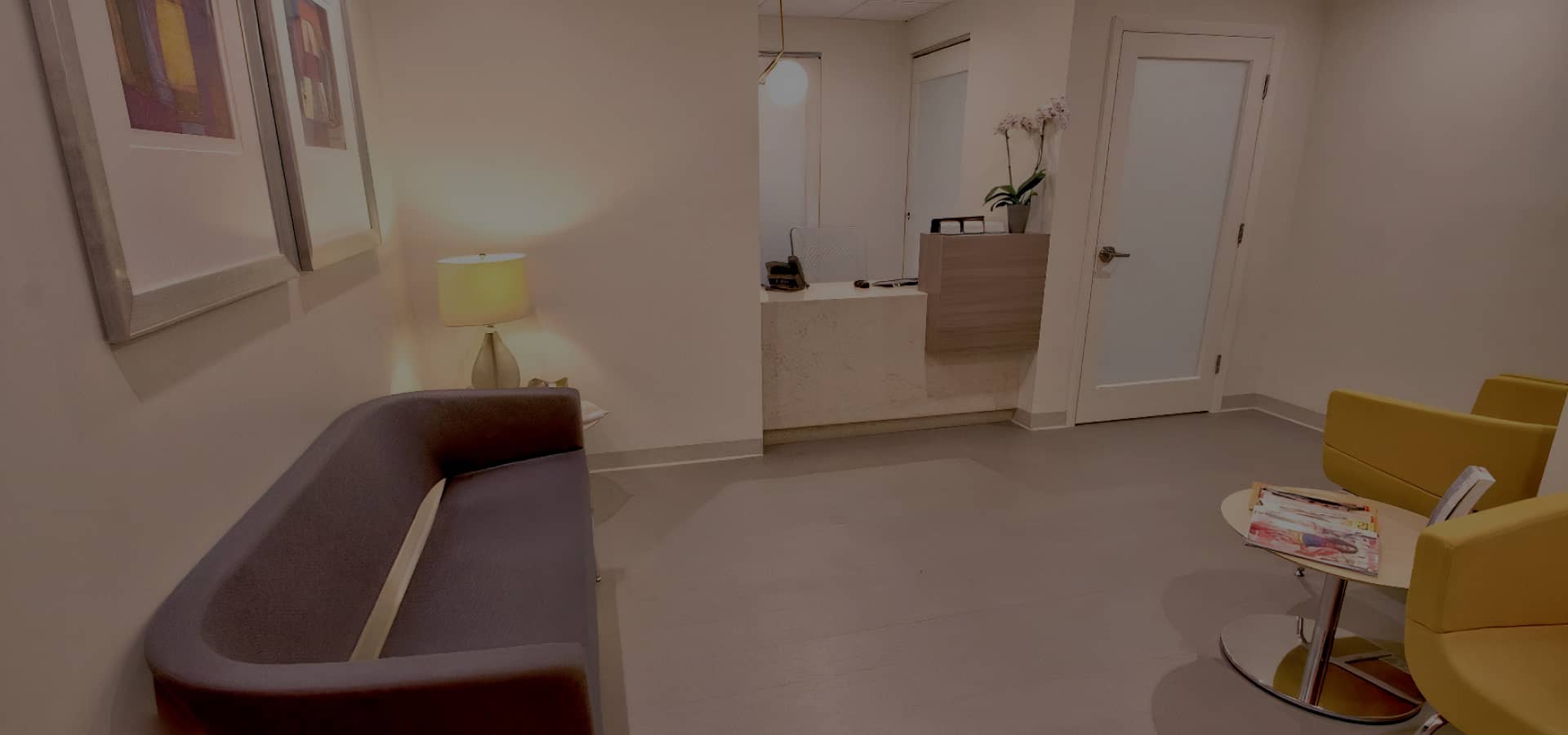All surgical procedures create clean, controlled wounds that the body must repair in the weeks after the procedure.
Rhinoplasty specialist and board-certified facial plastic surgeon Dr. Anthony Bared performs revision rhinoplasty and nasal surgery in Miami, FL.
Swelling is an expected side effect of the healing process that will take a while to subside. The nose is made up of cartilage, skin, and bone, and it can take a few months for swelling to disappear after surgery. Here’s what you need to know about swelling after rhinoplasty and what to expect during the recovery period.
Types of Swelling after Rhinoplasty
There are essentially two forms of swelling that take place after rhinoplasty. After the procedure, there is immediate swelling related to the trauma of the surgery and then there is longer-term swelling related to the retention of fluid.
Immediate Swelling
The immediate swelling is evident and it is simply secondary to inflammation caused by the rhinoplasty surgery. This type of swelling may occur simultaneously with bruising.
Although every patient heals differently after rhinoplasty, the degree of this type of swelling can be, in part, tempered by the rhinoplasty technique. I try to help limit the immediate swelling and bruising by performing the rhinoplasty with a certain meticulous dissection of the soft tissue.
In the vast majority of my cosmetic rhinoplasty cases, I perform an open approach. Whether is an open or closed rhinoplasty, does not in itself cause immediate swelling. I have seen a large amount of swelling with the closed technique and vice versa.
Longer-term swelling
This type of initial swelling is different from the swelling of the skin, which occurs after surgery and often takes months to resolve. This second type of swelling is related to fluid retention or water retention under the skin. At the time of a rhinoplasty, cartilage, and bone are shaped, and grafts reshape the nose to achieve the cosmetic outcome. The skin then has to “re-drape” over the new shape.
The skin, in essence, has to mold itself over the new shape of the nose. In doing so, fluid is retained underneath the skin and over the cartilage. It can then take up to several months for this healing process to transpire.
Gravity and your body’s fluid retention are the two main factors that control swelling at this point after surgery. You will notice that the upper part of the nose towards the bones is the first area where refinements are noted after surgery. The tip, being the most gravity-dependent, is the last to show the resolution of the swelling. These changes are normal and occur in every patient to some degree.
If long-term swelling does not go away with time, revision rhinoplasty may be necessary to correct any issues that could have caused it.

Swelling before and after Rhinoplasty
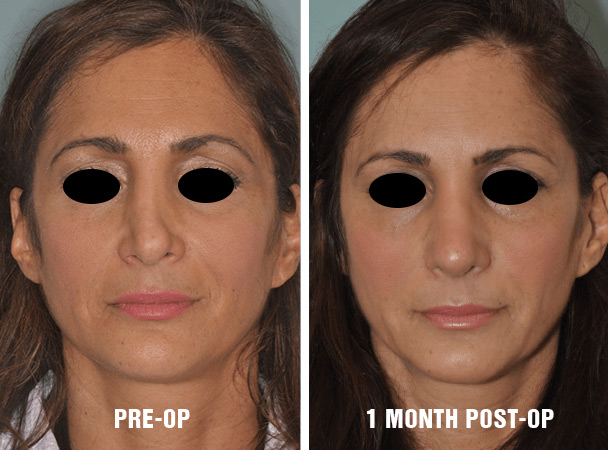
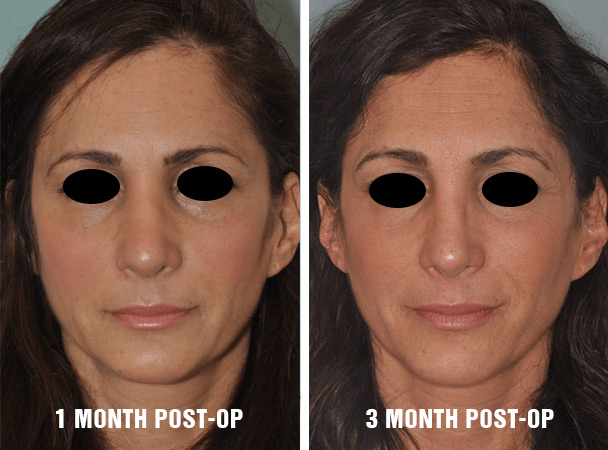
Nose Surgery Techniques That Can Reduce Swelling
So, how to reduce swelling after surgery? In rhinoplasty, the skin has to be elevated off of the underlying cartilage and bone. It is how the skin is elevated which can help to limit the degree of immediate swelling after a nose job Miami. As with every other maneuver employed in the rhinoplasty procedure, every millimeter matters.
Nasal Skin Elevation
The exact level at which the surgeon is elevating the skin off of the cartilage also matters. If you can imagine, this may be a fraction of a millimeter. I take great care at the level at which I perform my elevation of the skin to help limit the amount of immediate postoperative swelling and bruising. Additionally, when resetting the nasal bones, I employ a technique that I have found to help with swelling postoperatively.
Ice Application
The immediate application of ice helps with this type of swelling after surgery. I have all my patients use as much as they can tolerate for the first twenty-four hours after surgery. Following the first day after surgery, the ice becomes ineffective in controlling bruising and swelling.
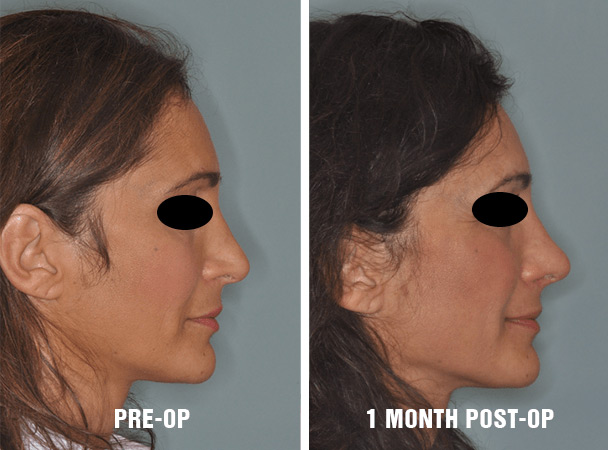

Factors Influencing Swelling
Some factors do influence the amount of fluid retention swelling after surgery, the main being the thickness of the skin. The greater the thickness of the skin, the greater the degree of swelling. I counsel all my patients upon their consultation as to their noted skin thickness and try to prepare them for the expected amount of swelling that may be typical in their case.
At this point in the surgery, to help resolve the prolonged swelling, I tell my patients to limit their amount of dietary salt intake. Since this second type of swelling is mostly due to excess fluid underneath the skin of the nose, I have noted that the reduction of salt from the diet helps. Regardless, this second type of skin swelling may take months to fully resolve and unveil the refinements made during the rhinoplasty.
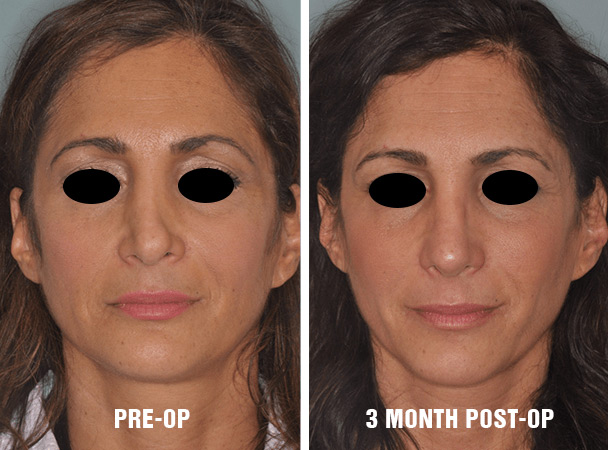
Weekly Swelling Stages
Rhinoplasty patients should be aware of the recovery times associated with the procedure. Post-operative swelling is expected to peak around the third or fourth day after surgery and can take up to six weeks to subside completely.
Week 1
Right after your rhinoplasty Miami, you’ll likely be wearing a splint, which will help to control the swelling. You won’t be able to see your nose while the splint is on. Usually, this is removed sometime within the first week.
Once the splint is removed, your nose will likely look very swollen. Don’t panic; you are not seeing your final results. This is when the rhinoplasty swelling is generally at its worst—a few days after the surgery.
Week 2
Although your nose will still be swollen during the second week after surgery, the worst is likely past you. You will notice the significant swelling in your nose start to subside as you heal. Most people take around two weeks off from their normal activities, like work and school, after a rhinoplasty so they can rest and heal up.
Week 3-4
The majority of the swelling should resolve within the first month. Most people start to see their results emerge and can evaluate their new look by this point. Generally, up to 90% of swelling should disappear by the end of the first month.
Month 2 (and Beyond!)
After the first month, there will still be some swelling present, but it likely won’t be very noticeable. You may see some slight refinements in your results within the first year. By the end of 12-18 months, all of the swelling will be gone.
You shouldn’t notice residual swelling after the first few months. However, if you decide you need a revision procedure, you will need to wait until 12-18 months after your first surgery so the surgeon can work with a nose that has fully healed. Rhinoplasty 1 month vs. 1 year is quite a dramatic difference.
How Long Does Swelling Last During Rhinoplasty Recovery?
The duration of swelling during rhinoplasty recovery stages can vary from person to person. In general, you can expect visible swelling to last for about two weeks after surgery. However, mild swelling may persist for several months, and subtle changes continue to take place over the course of a year. It’s essential to follow your surgeon’s post-operative instructions to help minimize swelling and achieve optimal results.
How to Reduce Swelling After Rhinoplasty
Swelling is unavoidable, but it can be reduced and managed. There are also some steps you can take during the rhinoplasty recovery to reduce swelling as much as possible:
- Choosing a surgeon who uses surgical techniques that will minimize swelling can set you up for success.
- Icing the area can help with the initial swelling and overall comfort. It is important to follow all directions for applying ice packs or cold compresses carefully to avoid damaging the skin with ice burns.
- Sleeping with your head elevated is recommended after rhinoplasty. Propping your head up with extra pillows or sleeping in a recliner for the first few days will help keep swelling to a minimum.
- Reduce salt in your diet to minimize fluid retention. Drink plenty of water to flush the salt away.
- Avoid strenuous activities to control your blood flow and prevent more swelling, bruising, and even bleeding
Seeing the Final Results
It can be hard to wait for your final results, but it’s important to be patient. You’ll start to get a glimpse of your new nose after the first couple of weeks.
Don’t worry if your nose looks “off” during the first month. This is completely normal. You should be able to enjoy your new look within the first 3 months and feel more confident about your results.
Get a Rhinoplasty Appointment with an Expert!
If you’re considering rhinoplasty and want to ensure you get the best results with minimal swelling, Dr. Bared is an expert facial plastic surgeon who can provide you with the highest quality of care. With his years of experience and skills, Dr. Bared will ensure that you receive the proper post-rhinoplasty care to help control any swelling. Contact the office of Dr. Bared today to schedule your consultation!
